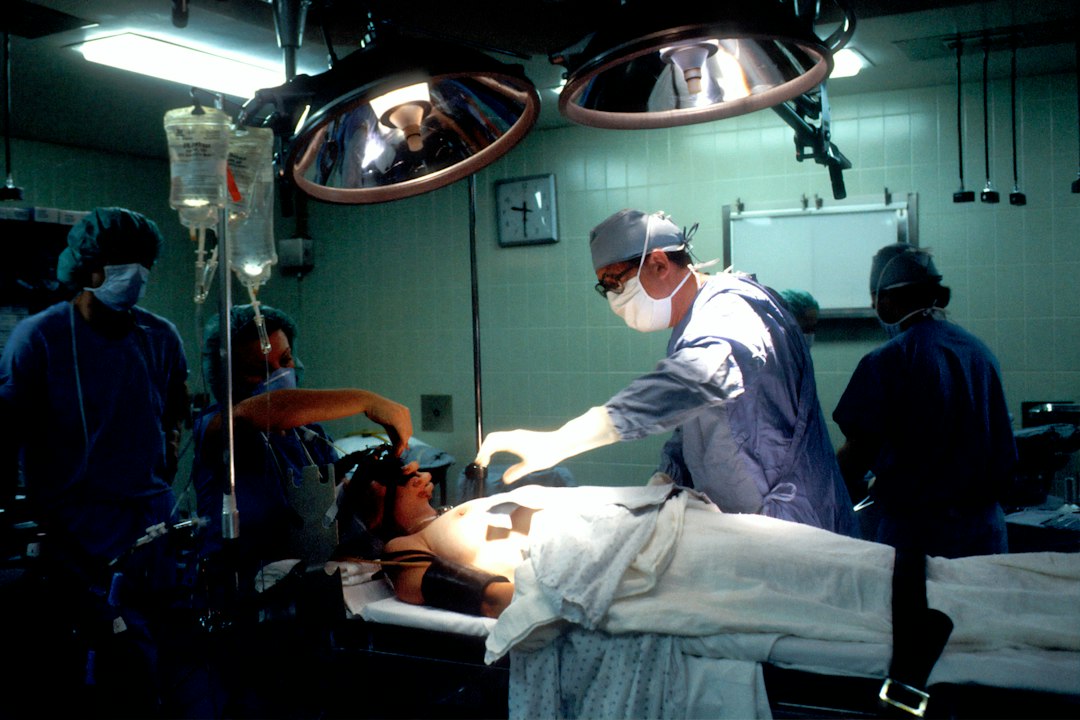Overview
What is a rotator cuff surgery?
Rotator cuff surgery is a procedure performed to repair a torn rotator cuff in the shoulder. The rotator cuff is a group of muscles and tendons that surround the shoulder joint and help to stabilize and move the shoulder. When the rotator cuff is torn, it can cause pain, weakness, and limited range of motion. Surgery is often recommended when conservative treatments, such as physical therapy and medication, do not provide relief. The goal of rotator cuff surgery is to reattach the torn tendon to the bone and restore function to the shoulder.
Recovery timeline after rotator cuff surgery
The recovery timeline after rotator cuff surgery varies depending on the individual and the extent of the injury. Generally, it takes about three to six months for the shoulder to fully heal. During this time, it is important to follow the rehabilitation program prescribed by your surgeon and engage in physical therapy exercises to regain strength and mobility. Gradual progression is key to avoid re-injury and ensure a successful recovery. It is recommended to consult with your surgeon before returning to any physical activities, including golf.
Importance of rehabilitation
Rehabilitation plays a crucial role in the recovery process after rotator cuff surgery. It helps restore strength, flexibility, and range of motion in the shoulder. Physical therapy is a key component of rehabilitation, as it focuses on specific exercises and techniques to improve shoulder function. Additionally, rehabilitation helps manage pain and reduce the risk of complications. It is important to follow the guidance of your surgeon and physical therapist throughout the rehabilitation process to ensure a successful recovery.
Preparing for Golf After Rotator Cuff Surgery
Consulting with your surgeon
Consulting with your surgeon is an important step before returning to golf after rotator cuff surgery. Your surgeon will assess your progress and provide guidance on when it is safe to resume golf activities. They may also recommend specific modifications to your swing and equipment to prevent further injury. Additionally, they may suggest physical therapy exercises that can help strengthen your shoulder and improve your range of motion. Custom fitting for different golf skill levels is another aspect that your surgeon may discuss, as it can help ensure that you are using the right equipment for your abilities.
Physical therapy exercises
Physical therapy exercises play a crucial role in the recovery process after rotator cuff surgery. These exercises help to strengthen the muscles surrounding the shoulder joint and improve range of motion. Some common physical therapy exercises include pendulum swings, external rotation, and wall slides. It is important to perform these exercises under the guidance of a physical therapist to ensure proper form and technique. Gradually increasing the intensity and duration of the exercises can help prepare the shoulder for the demands of playing golf. Impact activities, such as swinging a golf club, should be introduced gradually and only after receiving clearance from the surgeon and physical therapist.
Gradual return to golf
After undergoing rotator cuff surgery, it is important to gradually return to golf to avoid re-injury and ensure a successful recovery. This involves following a structured rehabilitation program and gradually increasing the intensity of your golf activities. It is essential to consult with your surgeon and physical therapist to determine when it is safe to start playing golf again. Listening to your body is crucial during this process, as pushing yourself too hard can lead to complications. By gradually returning to golf and taking necessary precautions, you can enjoy the sport while protecting your healing shoulder.
Playing Golf After Rotator Cuff Surgery
Modifications to your swing
After rotator cuff surgery, it is important to make modifications to your golf swing to avoid putting excessive strain on your shoulder. Proper technique is crucial to prevent reinjury and promote a successful recovery. Here are some modifications you can make to your swing:
- Reduce the power: Focus on a smoother and more controlled swing rather than trying to hit the ball with maximum power.
- Shorten the backswing: Limit the range of motion in your shoulder by shortening your backswing.
- Avoid excessive rotation: Minimize the amount of rotation in your shoulder during the swing to reduce stress on the rotator cuff.
By making these modifications, you can protect your shoulder while still enjoying the game of golf. Remember to consult with your surgeon and physical therapist for personalized advice on modifying your swing.
Using proper equipment
When playing golf after rotator cuff surgery, it is important to use proper equipment to minimize strain on your shoulder. One key piece of equipment to consider is a golf glove. Professional women’s golf gloves are designed to provide support and grip while reducing the risk of injury. These gloves are specifically tailored to fit the shape and size of a woman’s hand, ensuring a comfortable and secure fit. By wearing the right glove, you can enhance your performance on the course and protect your healing shoulder.
Listening to your body
After rotator cuff surgery, it is crucial to listen to your body when returning to golf. Pay attention to any discomfort or pain during your swing or while practicing. Pushing through pain can lead to further injury and delay your recovery. It is important to gradually increase your golf practice and not overexert yourself. Take breaks as needed and be mindful of any limitations or restrictions given by your surgeon or physical therapist. By listening to your body and taking the necessary precautions, you can safely and successfully return to playing golf after rotator cuff surgery.
Conclusion
Successful return to golf after rotator cuff surgery
After undergoing rotator cuff surgery, it is possible to successfully return to playing golf. However, it is important to follow certain tips to ensure a safe and effective recovery. First, it is crucial to gradually increase your activity level and avoid overexertion. This can be achieved through a structured rehabilitation program that includes physical therapy exercises specifically targeting the shoulder muscles. Additionally, modifications to your golf swing may be necessary to reduce strain on the rotator cuff. Using proper equipment, such as a shoulder brace or supportive golf gloves, can also provide added stability and protection. Lastly, it is essential to listen to your body and not push through any pain or discomfort. Taking breaks when needed and allowing sufficient time for rest and recovery is key. By following these tips, golfers can enjoy a successful return to the sport after rotator cuff surgery.
Importance of patience and caution
After undergoing rotator cuff surgery, it is crucial to approach the return to golf with patience and caution. Rushing back into the game too soon can lead to re-injury and setbacks in the recovery process. It is important to follow the recommended timeline provided by your surgeon and physical therapist, as well as listen to your body’s signals. Gradually easing back into golf with modified swings and proper equipment can help minimize stress on the shoulder. Additionally, it is important to be aware of the potential risks and limitations associated with the surgery. By maintaining a healthy shoulder and being mindful of your movements, you can increase the chances of a successful return to the sport.
Maintaining a healthy shoulder
After undergoing rotator cuff surgery, it is crucial to take proper care of your shoulder to ensure a successful recovery and minimize the risk of future injuries. One important aspect of maintaining a healthy shoulder is battery care. Just like any other electronic device, your shoulder needs proper care and maintenance to function optimally. This includes regular charging, avoiding overcharging, and keeping the battery clean and dry. By following these simple steps, you can ensure that your shoulder remains in good condition and continues to support you in your golf game.


